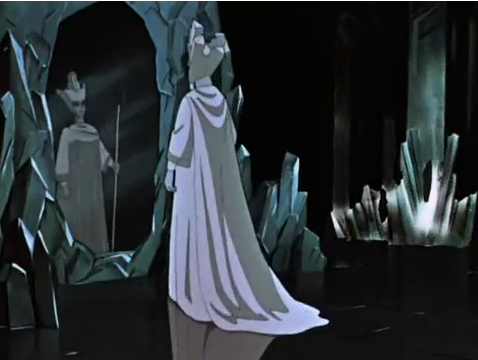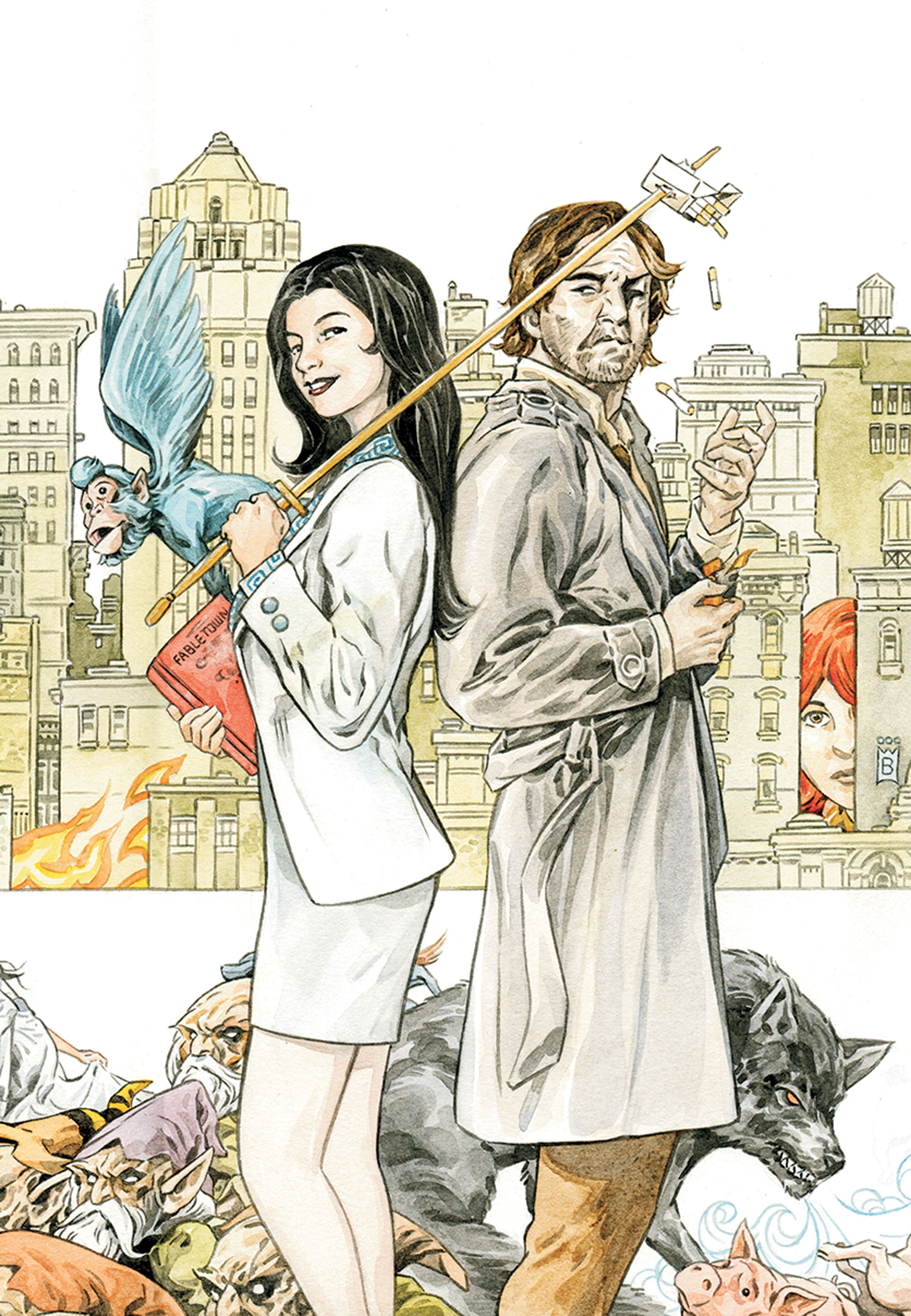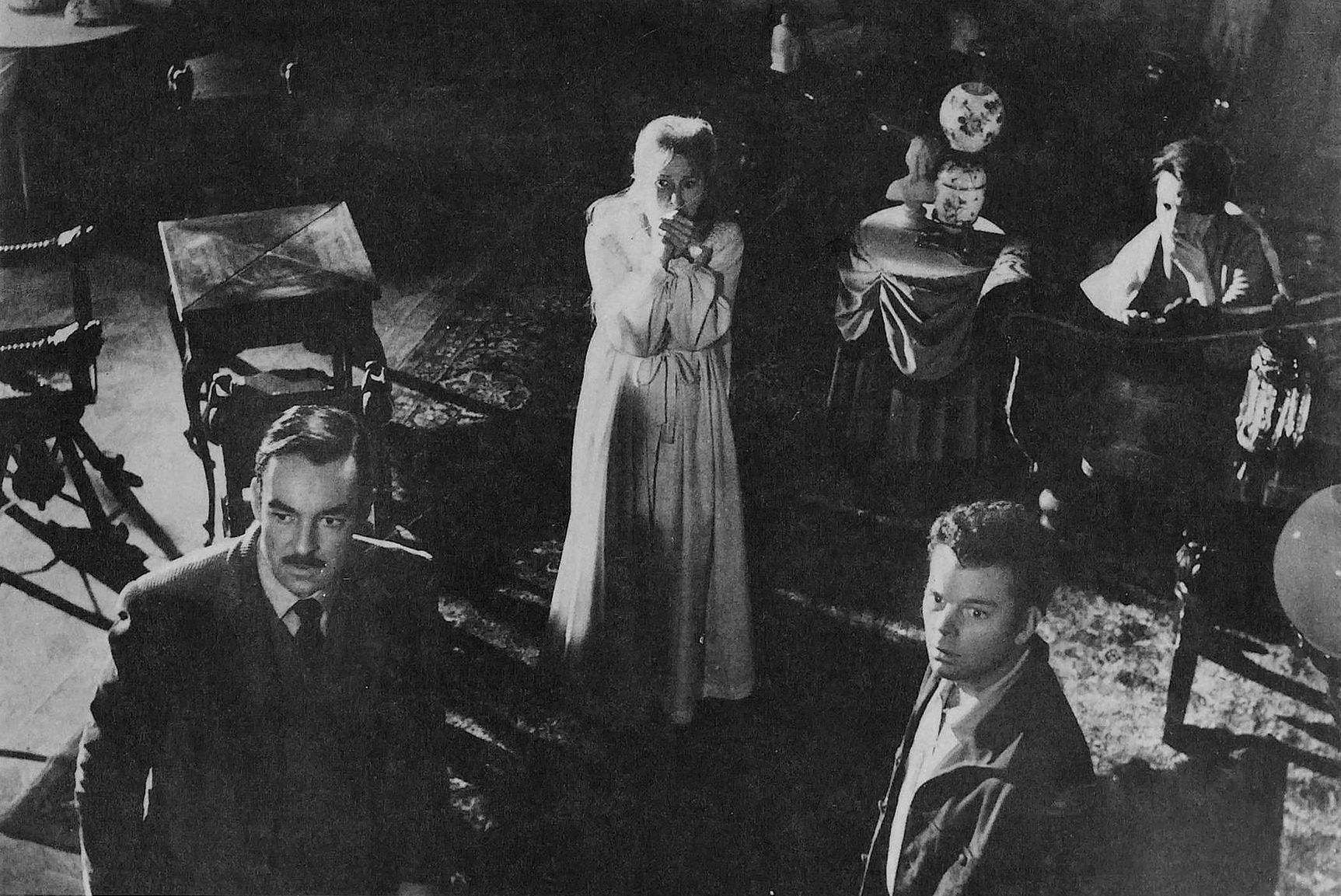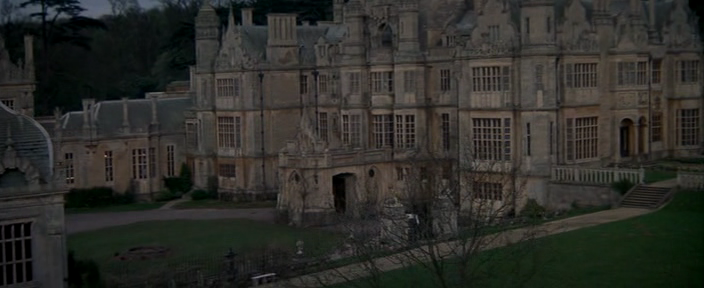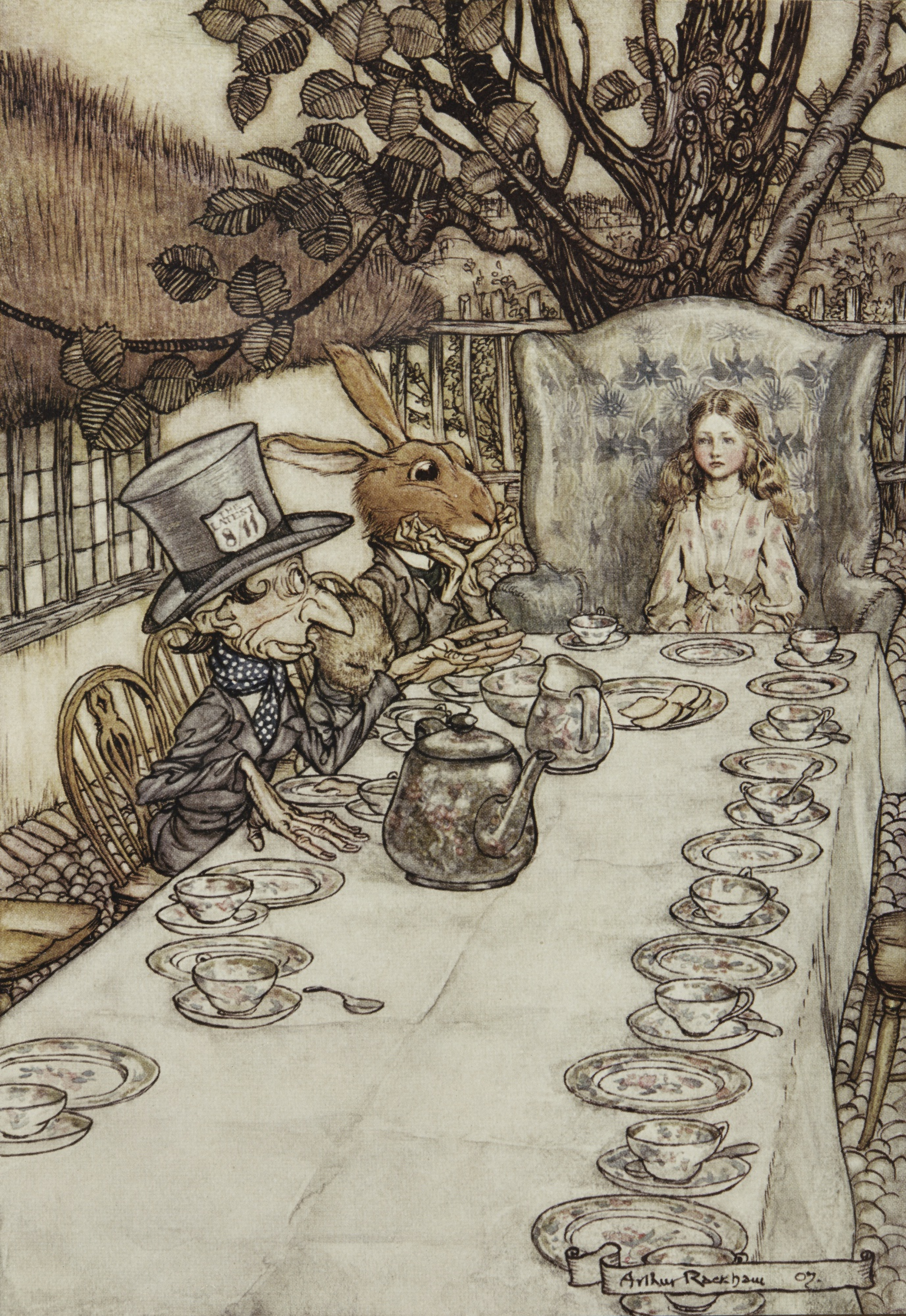What is the lure of the haunted house film? There's certainly so many- The Haunting, House on Haunted Hill, Poltergeist, The Amityville Horror, The Haunting in Connecticut, The Conjuring, 13 Ghosts and many more. Based on books, true stories or simply just horror films in their own rights, most tend to be flops but a few succeed in causing a good scare in the film world and despite the critics even today the haunted house remains once of the most popular horror genres.
The Amityville Horror, The Haunting in Connecticut and The Conjuring are all based on alleged true stories, their connection are ghost/demon hunters Ed and Lorraine Warren, in 1971 they visited a house in Rhode Island owned by the Perron family and supposedly haunted by a 19th century witch, Bathsheba Sheran, this became the basis for the 2013 film The Conjuring, starring Ron Livingston, Lili Taylor, Vera Farmiga and Patrick Wilson. In 1975 they investigated the now infamous Amityville house, 112 Ocean Avenue, which was then owned by the Lutz family, this inspired the 1977 book by Jay Anson, The Amityville Horror: A True Story, which led to the 1979 film starring James Brolin, Margot Kidder and Rod Steiger. More novels and films followed, including a remake in 2005 starring Ryan Reynolds, Melissa George, and Chloë Grace Moretz. The Haunting in Connecticut is set in 1987 but focuses on fictional family the Campbells, allegedly it is loosely based on 1992 novel In a Dark Place: The Story of a True Haunting by Ray Garton
, which is about the haunting of the Snedeker family's house in 1986. The film stars Virgina Madsen, Kyle Gallner, Martin Donovan, Elias Koteas and Amanda Crew.
The house in the Conjuring was cursed by a witch who killed herself
after attempting to sacrifice her children. From then on the house was
plagued with murder and suicides as the witch possessed women living
there and through them killed their children.
The Amityville Horror is set in a house where a son went mad and killed his family, he later claims voices drove him to do it. Now, George Lutz seems to be driven to renact the events whilst his family are haunted by what happened to the house. The 1979 film suggested the house was built on an Indian burial ground and that a devil worshipper once lived there.
The house in Connecticut was supposedly a morgue originally and the family moved there because their son was suffering from cancer. In the film it is initially hinted that the drugs the son is taking for his cancer are making him see things that aren't there before it's revealed that the house was a mortuary. It was also suggested that the workers in the mortuary may have abused the corpses there.
The Haunting of Hill House is a novel by Shirley Jackson and widely revered as one of the best fictional ghost stories. It was turned into the film The Haunting in 1963 starring Julie Harris,
Claire Bloom,
Richard Johnson, and
Russ Tamblyn, which was in turn remade in 1999 starring Liam Neeson, Catherine Zeta Jones, Owen Wilson and Lili Taylor. Set in Hill House, a house built by one Hugh Crain and plagued with tragedy. Both of Hugh Crain's wives died violently, his first wife died in a horse carriage accident in the mansion's drive, his second wife suffered an explained fall and Hugh and his third wife died away from the house in Europe, his wife from his consumption. Hugh shut Hill House in his absence and his daughters lived away from it with a cousin. When Hugh died his elder sister inherited the house, which caused much anger in her younger sister. The elder sister lived in the house with a female companion who then fought the youngest sister over ownership of the house before she was driven to commit suicide by hanging herself.
The 1963 film is set eighty years after the house was built by Hugh Crain and has a story in which Hugh's eldest daughter inherits the house and never leaves the nursery, staying there with a female companion. Her companion ignores her banging on the wall for help by spending her time with a male companion instead. The daughter, Abigale, died screaming and some even thought she had been murdered by the companion, who later committed suicide. The film features Dr. John Markway who has an interest in the paranormal, he brings with him the heir to the house, Luke Sanderson, the psychic Theodora, and Eleanor "Nell" Lance who was supposedly haunted by a poltergeist, though she vehemently denies this.
The house seems to target Eleanor driving her towards insanity. Eleanor herself spent her life taking care of her sick mother in her home only to be betrayed when her mother died leaving her sister everything. Eleanor admits that the night her mother died she ignored her banging her stick on the wall for Eleanor to help her. Eleanor falls for Dr. Markway only for his wife to appear. Dr. Markway's wife Grace spends a night in the nursery only to vanish, Eleanor is convinced the house is trying to take Grace in her place.
In the end Eleanor dies in a car accident, crashing the car when Grace reappears in the drive and causes Eleanor to lose control seemingly, though it is implied that some other force took control of the wheel.
In the remake (in which Haunting in Connecticut star Virgina Madsen has a small role) Luke Sanderson is not the heir but another participant, he, Theodora and Eleanor are lured to the house under false premises. Dr. David Marrow claims to be studying insomnia when he is in fact studying the reaction to fear. The story is that Hugh Crain built the house for his a large family of children but all his children died during birth and his wife later committed suicide before the house was complete. Eleanor learns that in his desire for children, Hugh Crain kidnapped from the local mills only to murder them and burn their bodies in his house thus trapping their spirits in the house. Eleanor then learns that Crain took a second wife whom Eleanor is a direct descendant of. Luke is killed by Crain's spirit and after Eleanor lures Crain's spirit to the doors of judgement where the spirits of the children grab his ghost and pull it to Hell. Eleanor is killed from the trauma of being pulled with the ghost but her spirit is then seen ascending with the ghosts of the children.
Stephen King initially wrote a screenplay for The Haunting remake, which became the miniseries Rose Red, released in 2002 it features the mansion Rose Red, which is investigated by parapsychologist Dr. Joyce Reardon with other psychics. The mansion has had many disappearances and deaths within it and was built on a Native American burial ground.
House on Haunted Hill was made in 1959, starring Vincent Price and Carol Ohmart. It features Price as millionaire Frederick Loren who invites five people to a haunted house party in honour of his fourth wife Annabelle with the promise that whoever stays the night will win $10,000. The five guests arrive along with home owner Watson Pritchard who disapproves of the party and they are all given a pistol for protection. Watson believes the house really is haunted and will kill anyone who stays in it.
The plot twist is that Annabelle is in cohorts with guest Dr. Trent, faking her death and then attempting to frighten guest Nora so badly that she will kill Frederick Loren in her fear. In the end, Nora does shoot Frederick and Dr. Trent comes to dispose the body in a vat of acid but the lights go out and a struggle is heard. Annabelle arrives and is haunted by a skeleton that comes out of the acid and causes her to slip and fall into it. It is revealed that the skeleton was an animatronic operated by Frederick who had armed his guests with blanks and thus wasn't really killed by Nora.
The remake in 1999 starred Geoffrey Rush, Famke Janssen, Taye Diggs, Ali Larter and
Jeffrey Combs and set the film in an insane asylum. In 1931 the patients escape from their cells and kill all the staff, and set fire to the house. Insane Dr. Vannacutt who was experimenting on the patients, shuts the asylum down trapping himself, the staff and the inmates. Only five staff survive, as they were not present at the time of the fire.
Evelyn Stockard-Price wants the house for her birthday party and gets her millionaire husband to obtain it. Out of spite Steven Price shreds her guest list and types up one of his own but it is mysteriously altered. Five guests, the Prices and the asylum owner Watson Pritchett all arrive for the party. The ceiling falls through and Evelyn Price is almost killed and implies that Steven Price orchestrated it and invited the five on purpose. Watson desires only to be paid for the rental and leave but when he attempts to leave the building's gates are activated and the guests are sealed up as the gates cannot be activated for twelve hours.
It is revealed that Steven Price does indeed have a workman to film the occurrences in the house and trick the guests but he confesses that he did not activate the gates. Price offers the guest $1 million if they can stay the night, plus the million of each guest that fails to stay, and each of the guests are given a pistol for protection.
As the plot unfolds one guest Melissa vanishes, before she is killed we seeing her filming a seemingly empty room only for surgeons experimenting on a patient to appear on her camera. The other guests find her blood and her camera but cannot find her.
Later Evelyn is shown being subjected to shock therapy before she dies. Convinced that Prince is the cause, he is locked up in a chamber where he experiences disturbing visions after guest Dr. Blackburn turns on the chamber's machine. It is revealed that the patients were treated with insane images as it was believed what would drive the sane insane would thus drive the insane sane. Later Dr. Blackburn resurrects Evelyn and it is revealed that they are in a plot to drive the guests mad with paranoia leading to one of them shooting Price. Evelyn takes it one step further by killing Dr. Blackburn and framing her husband. Guest Jennifer Jenzen who is actually Sara Wolfe and stole her invite from her boss, does shoot Price but he is wearing a protective vest and survives.
Sara discovers that all the guests are descendants of the five staff members who escaped the fire and realises that the house is trying to kill them to claim back the five. The exception is Blackburn whose name isn't one of the five. Price throws his wife throw a wall unleashing a dark evil there that kills her, then Pritchett and finally Price after he pushes Sara out of its way. Sara escapes through the window before the shutter falls down. Final guest Eddie Baker screams at the entity that he is adopted before the ghost of Pritchett opens the shutter enabling him to escape with Sara. He and Sara then find the cheques for the million.
It received a sequel, Return to House on Haunted Hill in 2007.
13 Ghosts is a 1960 film, directed, like House on Haunted Hill, by William Castle. It stars Margaret Hamilton and Charles Herbert. Occultist Dr. Plato Zorba dies and leaves his home to his nephew Cyrus. Cyrus and his family find the house haunted by 12 ghosts and equipped with its own housekeeper, Elaine Zacharides. The house also supposedly contains buried treasure. The 12 ghosts need a 13th ghost to free them. The only way for the family to see the ghosts are with special glasses Dr Zorba, one of the ghosts, left them. Along with the ghosts there is also someone seeking the treasure, lawyer Benjamin Rush, who murdered Dr Zorba. Dr. Zorba's ghost catches Benjamin trying to kill Cyrus' son Buck and the sight of the ghost drives Benjamin to his death, thus becoming the 13th ghost. The ghosts vanish leaving Cyrus and his family with the treasure.
It was remade as Thirteen Ghosts in 2001 starring F. Murray Abraham, Matthew Lillard, Tony Shalhoub, and Shannon Elizabeth. Ghost hunter Cyrus and his assistant Dennis led hunters after a ghost called the Juggernaut. Cyrus is killed by the ghost though his team succeed in catching the ghost. Cyrus' home is left to his nephew Arthur, who is told about this by Cyrus' lawyer Ben. Arthur goes to the mansion with his daughter and son and their nanny and find that is made entirely of glass with Latin phrases etched on the panes. Dennis gives them a tour of the house. The lawyer picks up a case of cash assuming it is his payment, this sets off a mechanism that releases the ghosts of the house and traps everyone else with them, he is then killed by a set of sliding doors.
Arthur's son Bobby encounters several ghosts including his mother. Dennis shows nanny Maggie glasses to see the ghosts with. Arthur and his daughter Kathy are saved from a ghost by Kalina Oretzia, a spirit liberator who was trying to free the ghosts. Kalina explains was a machine designed by astrologer Basileus and built by Cyrus, it is powered by the ghosts to open the eye of Hell. To save his children and destroy the machine Arthur must become the 13th ghost, a ghost created out of pure love.
Dennis sacrifices himself to save Arthur and Cyrus is revealed to be alive and Kalina is his partner. Cyrus and Kalina wanted Arthur to become the 13th ghost not to destroy the machine but power it instead. Cyrus kills Kalina and activates the machine but he is thwarted by Maggie and Arthur and then killed by the ghosts. The ghosts are then freed.
Poltergeist is a 1982 film starring Craig T. Nelson and JoBeth Williams. Featuring the Freeling family, who find their home haunted by a malovelent and unseen force that converses with their youngest child Carol Anne before abducting her through the closet. Parapsychologists visit the house and determine that there is more than one spirit at work. Home owner Steve discovers that his house is built where a cemetery used to be. A medium arrives and explains that Carol Anne has distracted the spirits from the light and that a demon has her and is using her to manipulate the spirits. Mother Diane goes through the portal in the closet and rescues Carol Anne. Later the demon attacks and attempts to abduct Carol Anne again, they escape to find the street littered with corpses and coffins. The family flees and the house implodes.
Two sequels were released and a remake has been planned.















